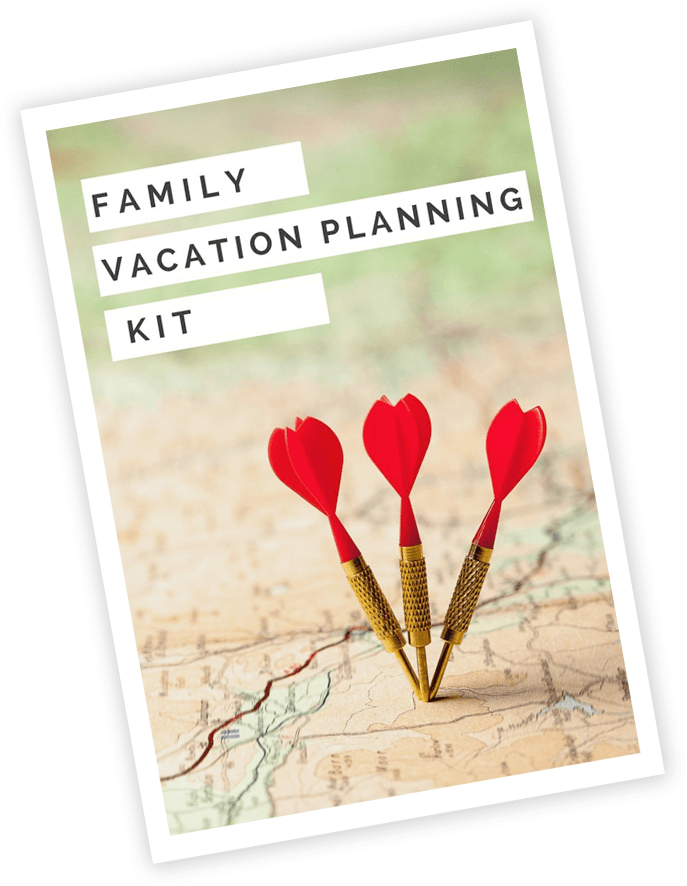Planning your first camping trip can feel overwhelming when faced with endless gear lists and conflicting advice. Whether you’re heading out for a weekend getaway or testing the waters as a complete beginner, having the right equipment makes all the difference between a memorable adventure and a miserable experience. Smart gear choices don’t have to break the bank or fill your entire car trunk.
1. Shelter & Sleep System
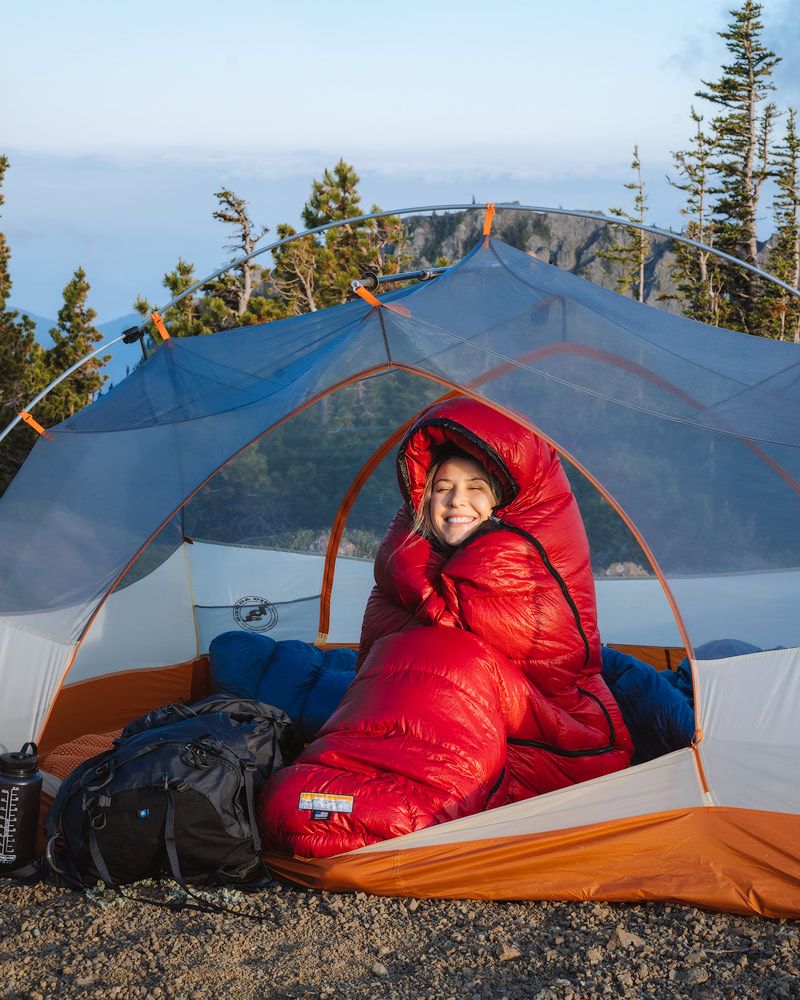
Your tent becomes your home away from home, so choosing wisely pays off in comfort and peace of mind. Look for a three-season tent with a full rainfly that extends close to the ground for weather protection.
Don’t forget the footprint or groundsheet underneath to prevent punctures and extend your tent’s life. Your sleeping bag should be rated at least 10 degrees warmer than the coldest temperature you expect.
A quality sleeping pad with an R-value of 3-4 keeps you warm and cushioned from rocky ground. Pack a few extra stakes because you’ll inevitably lose or bend one when you need it most.
2. Camp Kitchen & Cooking
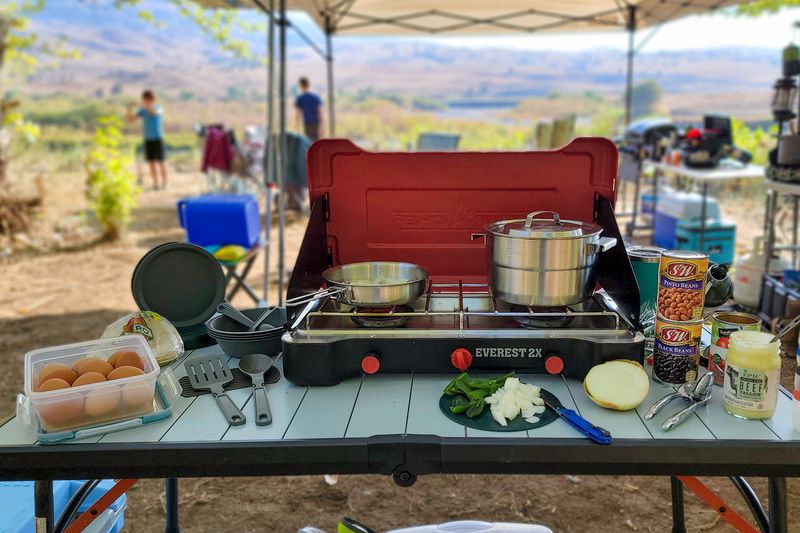
Nothing beats the satisfaction of cooking your own meal under the stars after a long day outdoors. Start simple with a reliable canister stove that lights easily and burns consistently in most conditions.
A basic cookset with one pot, a lid that doubles as a plate, and a sturdy spoon covers most cooking needs without weighing you down. Pack biodegradable soap and a small sponge for cleanup, plus extra zip bags for leftovers.
Remember that everything you bring in must come back out, so plan your trash storage accordingly and bring more bags than you think you’ll need.
3. Food & Water Planning
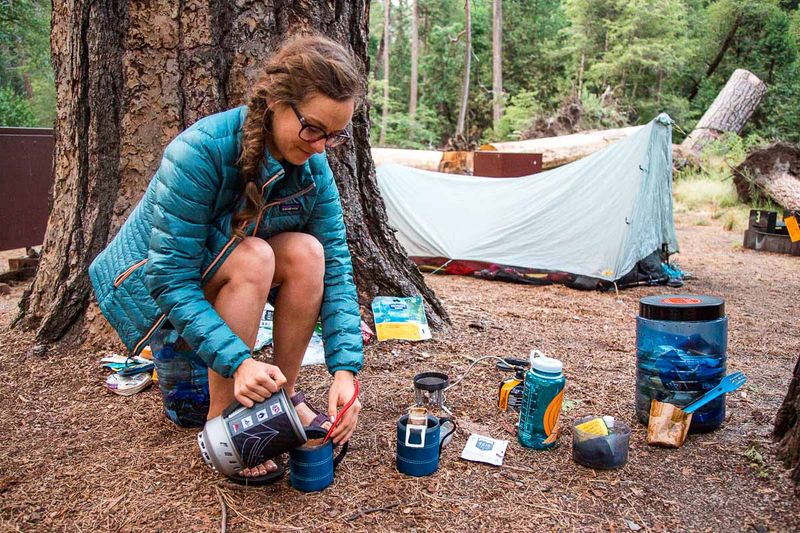
Water weighs about 8 pounds per gallon, so planning your hydration strategy saves your back and ensures safety. Carry at least 2-3 liters per person daily, more in hot weather or high altitudes where dehydration happens faster.
A portable water filter or purification tablets provide backup options when natural sources are available. Plan calorie-dense foods that won’t spoil quickly and require minimal cooking time or fuel.
Pre-portion meals into labeled bags to avoid overpacking and reduce waste. Energy bars, nuts, and dried fruits make excellent trail snacks that boost morale when energy dips.
4. Clothing by Layers
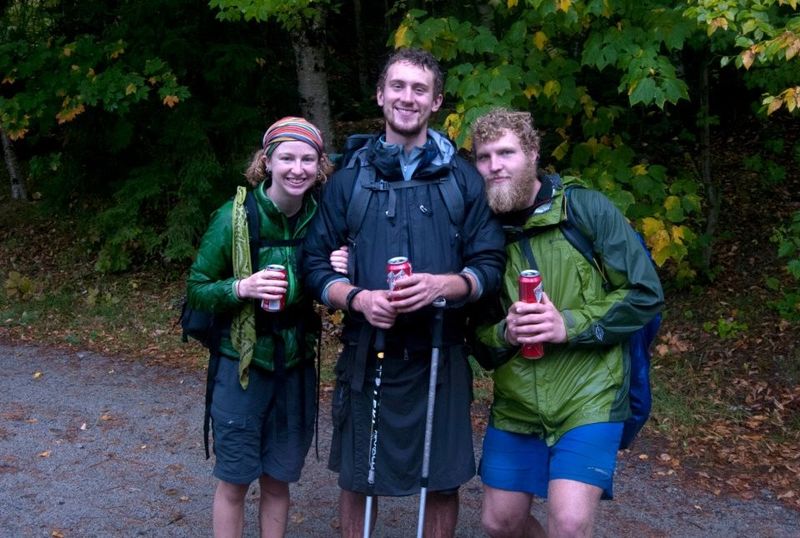
Cotton kills comfort in the outdoors because it holds moisture and loses insulation when wet, leaving you cold and clammy. Synthetic materials or merino wool wick sweat away and keep you warm even when damp.
Layer systems work like an adjustable thermostat – base layer for moisture management, insulating layer for warmth, and shell layer for wind and rain protection. Pack extra socks because wet feet lead to blisters and miserable days.
Don’t forget a warm hat and gloves for cool mornings, plus camp shoes to give your hiking boots a rest around the campsite.
5. Navigation & Lighting
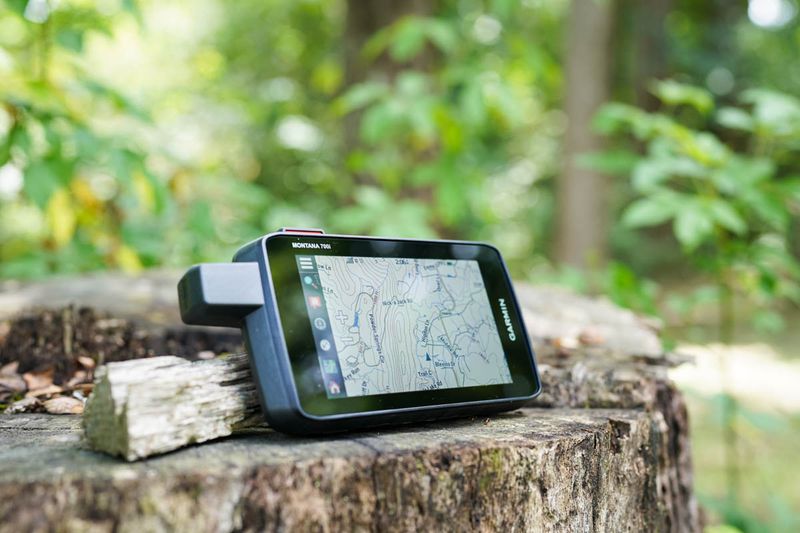
Getting lost turns fun adventures into dangerous situations faster than you’d expect, especially when daylight fades and familiar landmarks disappear. Always carry a paper map and compass as backup, even if you rely on GPS devices.
Download offline maps before leaving cell service areas because batteries die and signals fail when you need them most. A quality headlamp keeps your hands free for cooking, setting up camp, or navigating after dark.
Pack extra batteries in a waterproof container and consider a small lantern for comfortable camp lighting that doesn’t blind your companions during conversations.
6. Health, Safety & First Aid
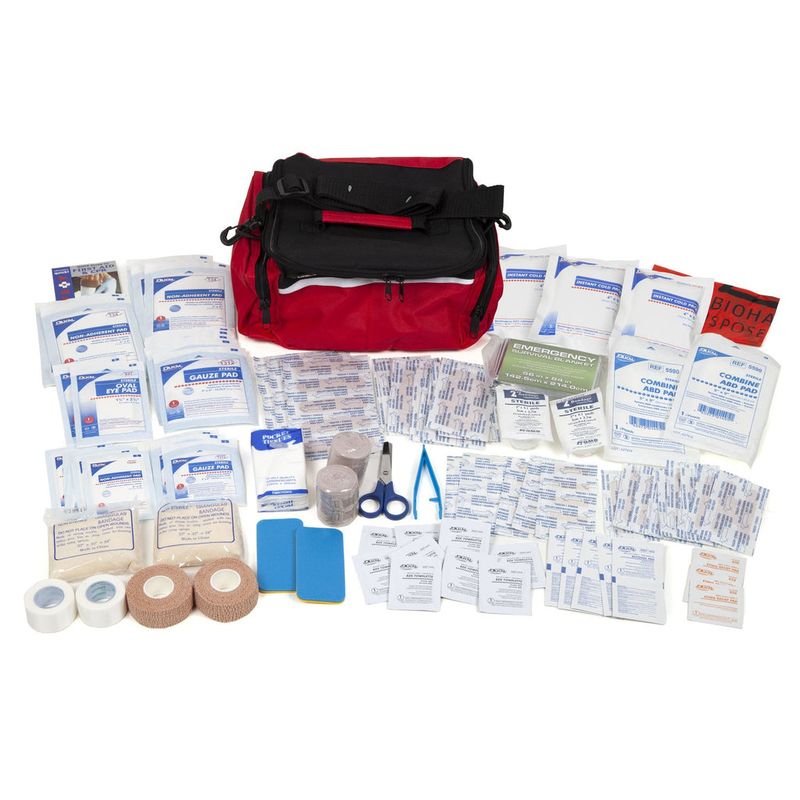
Small injuries become big problems when you’re miles from medical help, making a well-stocked first aid kit your most important insurance policy. Include blister treatment because sore feet can end trips early and leave lasting memories for all the wrong reasons.
Pack any prescription medications plus extras in case trips extend unexpectedly due to weather or transportation issues. Sunscreen prevents painful burns that make sleeping uncomfortable for days afterward.
Share your detailed itinerary with someone reliable at home and stick to your planned route and timeline for everyone’s peace of mind.
7. Hygiene & Sanitation

Leave No Trace principles protect wilderness areas for future generations while keeping you healthy and comfortable during your stay. Dig catholes 6-8 inches deep and 200 feet away from water sources, trails, and campsites.
Pack out all toilet paper and hygiene products in sealed bags because they don’t decompose quickly in most climates. Use biodegradable soap sparingly and always wash dishes and bodies well away from natural water sources.
Hand sanitizer provides quick cleaning when water is scarce, and wet wipes handle face and body cleaning without wasting precious drinking water supplies.
8. Campsite Comfort & Extras
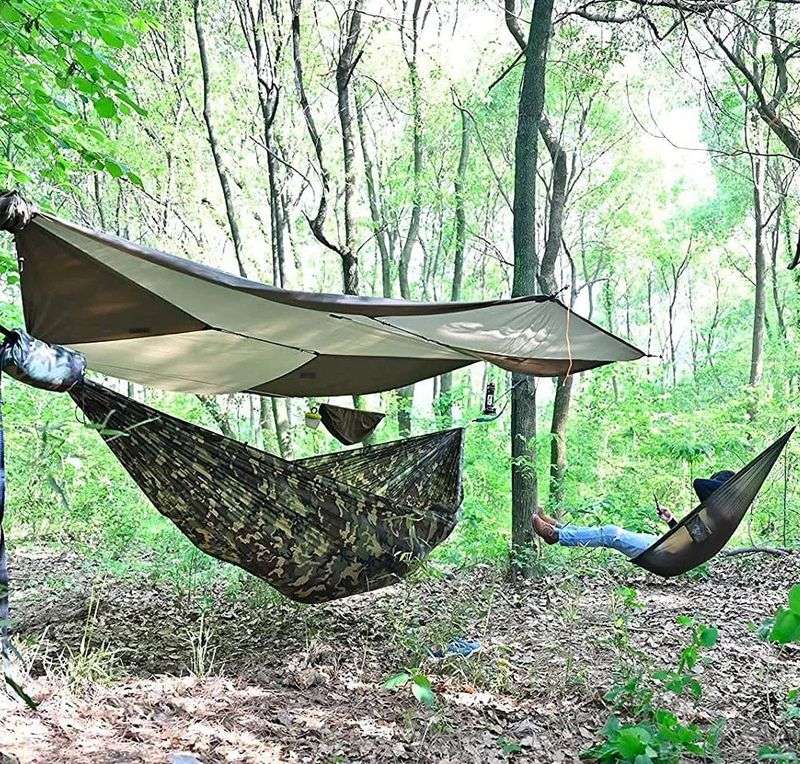
Comfort items transform basic survival camping into enjoyable outdoor living that leaves you refreshed rather than exhausted. Lightweight camp chairs support your back during meals and evening relaxation around the campfire.
A small tarp provides extra weather protection or clean ground space for gear organization and food preparation. Hammocks offer perfect afternoon nap spots when trees are available and local regulations permit their use.
Entertainment like cards, books, or downloaded stargazing apps fill quiet evening hours and create shared memories with camping companions long after the trip ends.
9. Fire & Fuel Rules
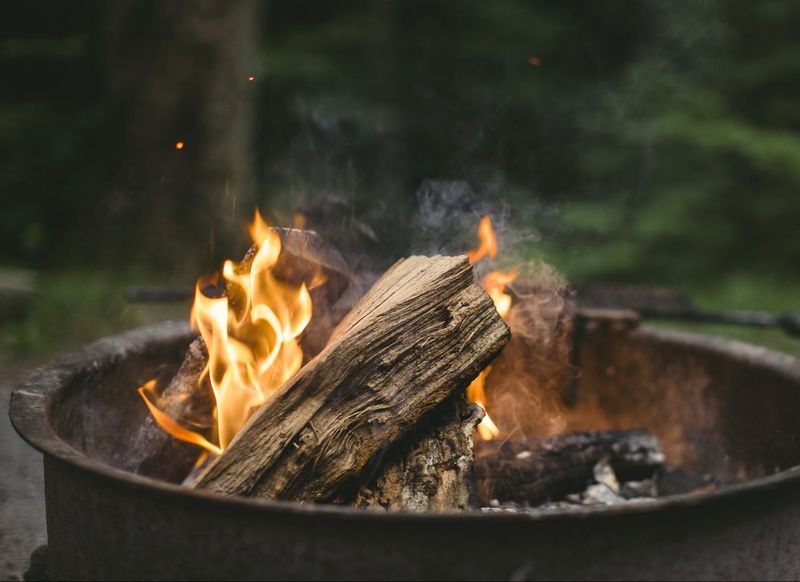
Fire regulations change frequently based on weather conditions and seasonal restrictions, so check current rules the day before departure to avoid disappointment or fines. Many areas prohibit fires during dry seasons when wildfire risk peaks.
Only use certified local firewood to prevent spreading invasive insects and diseases that devastate forest ecosystems across regions. Never transport wood from home or other areas, even if it seems convenient.
Completely extinguish fires by drowning with water, stirring ashes thoroughly, and feeling with your hand to ensure no heat remains before leaving your campsite.
10. Documents & Money
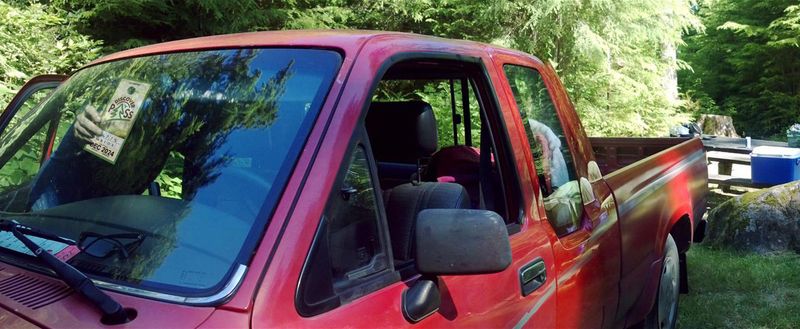
Nothing ruins camping trips faster than arriving without required permits or reservations, especially during peak seasons when alternatives are scarce. Print physical copies of confirmations because phone batteries die and cell service disappears in remote areas.
Carry your driver’s license, vehicle registration, and insurance information in waterproof storage for roadside emergencies or ranger checks. Small bills help purchase ice, firewood, or shower tokens at campgrounds without depending on card readers.
Download offline maps and directions before leaving home because GPS signals often fail in mountainous or heavily forested camping areas.
11. Car & Travel Prep
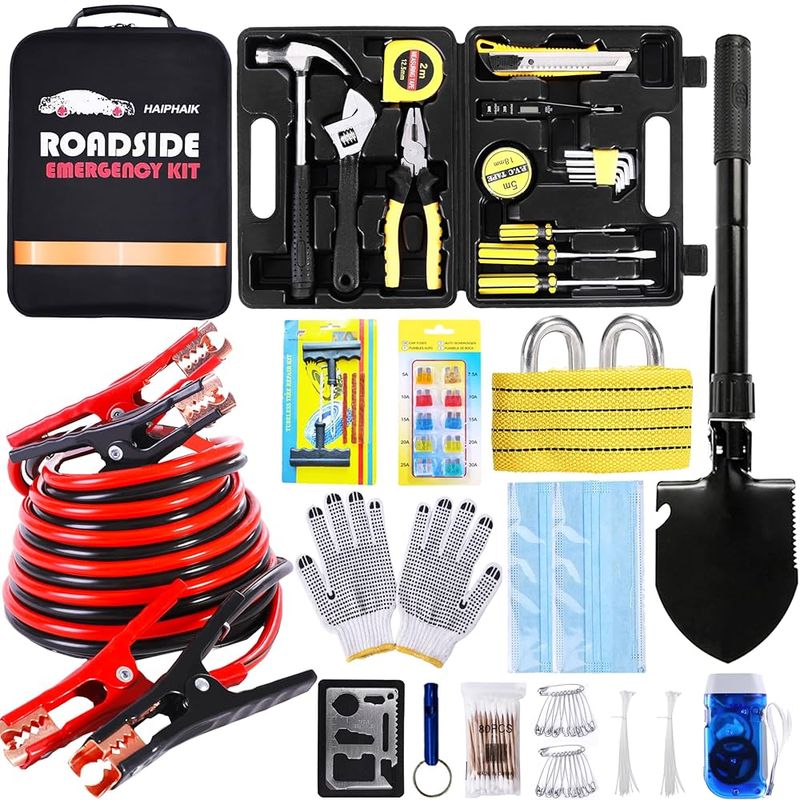
Remote camping areas often lack cell service for emergency calls, making self-reliance essential when mechanical problems arise far from help. Check your spare tire pressure before departure because flats happen on rough access roads.
Pack jumper cables or a portable jump starter because cold nights drain batteries faster than expected, especially in older vehicles. Basic tools like screwdrivers and pliers handle minor repairs that keep trips on track.
Extra coolant and windshield washer fluid prevent overheating on mountain grades and keep your view clear on dusty camping roads that coat everything in fine dirt.
12. Kids, Pets & Special Conditions
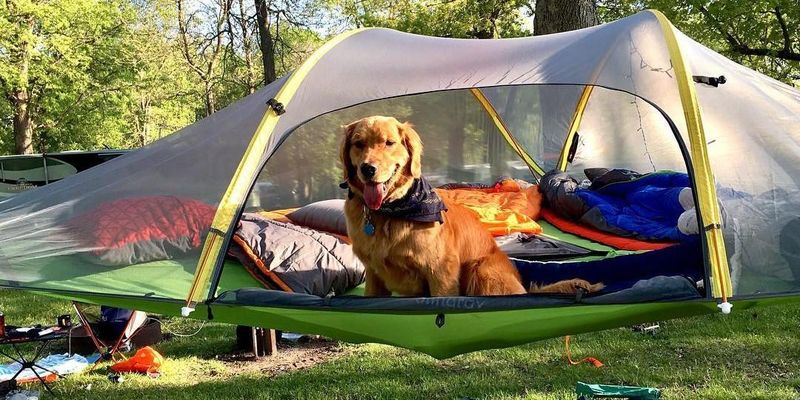
Young campers need extra comfort items and familiar foods to ease the transition from home routines to outdoor adventures. Pack favorite snacks and a beloved stuffed animal for security during their first night under the stars.
Pets require leashes, collapsible bowls, and extra water because they can’t communicate thirst or discomfort like human companions. Research pet policies carefully since many national park trails prohibit dogs entirely.
Desert camping demands extra water, electrolyte supplements, and shade structures because dehydration happens quickly in arid climates with intense sun exposure and low humidity levels.



